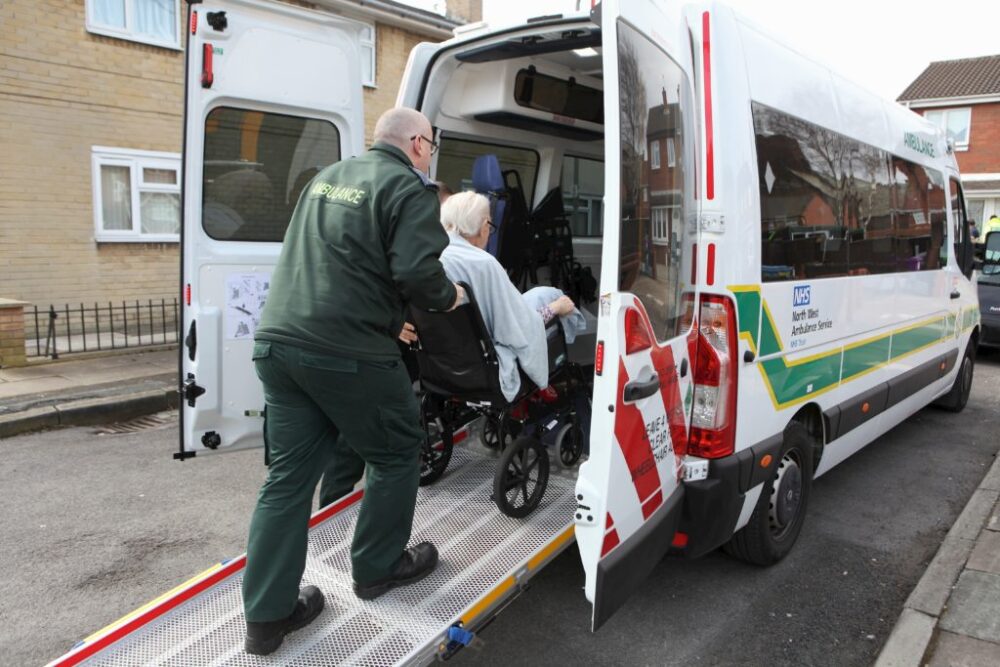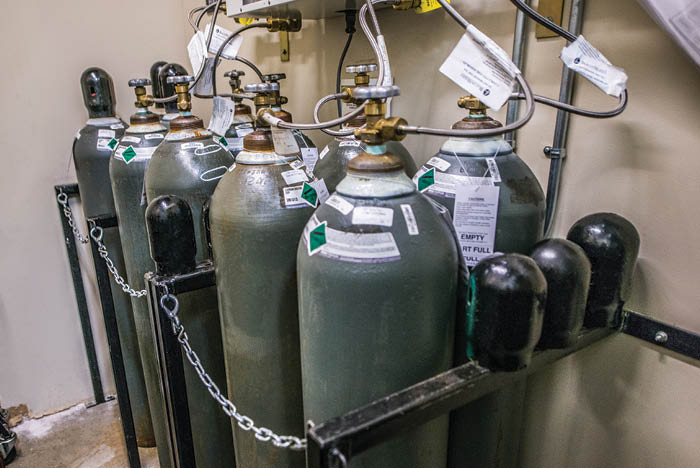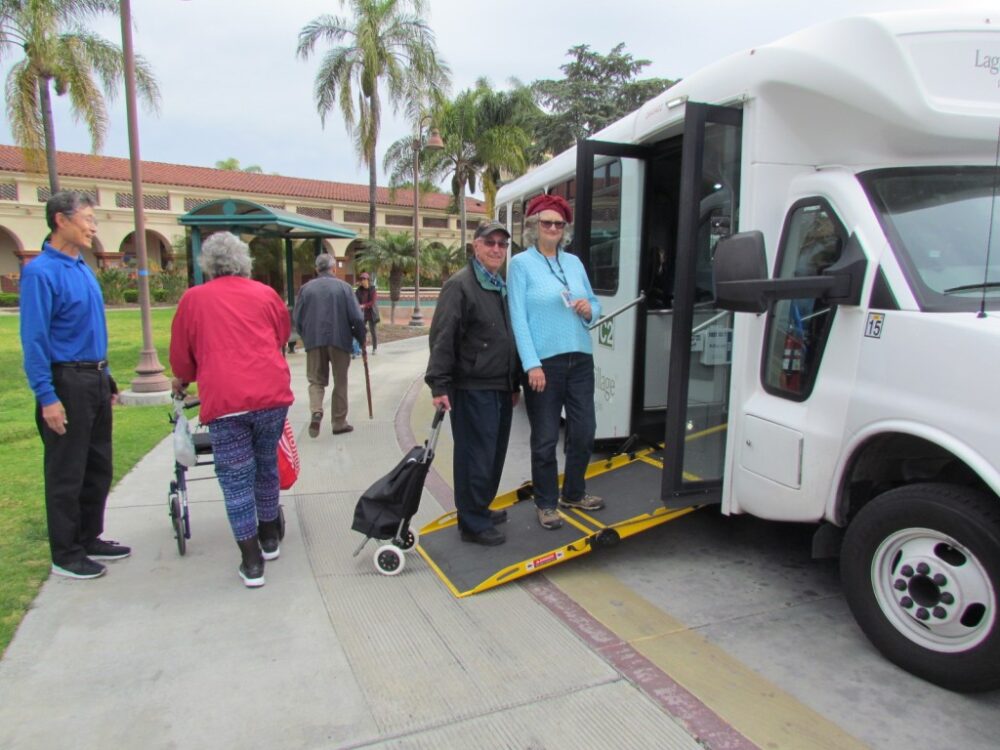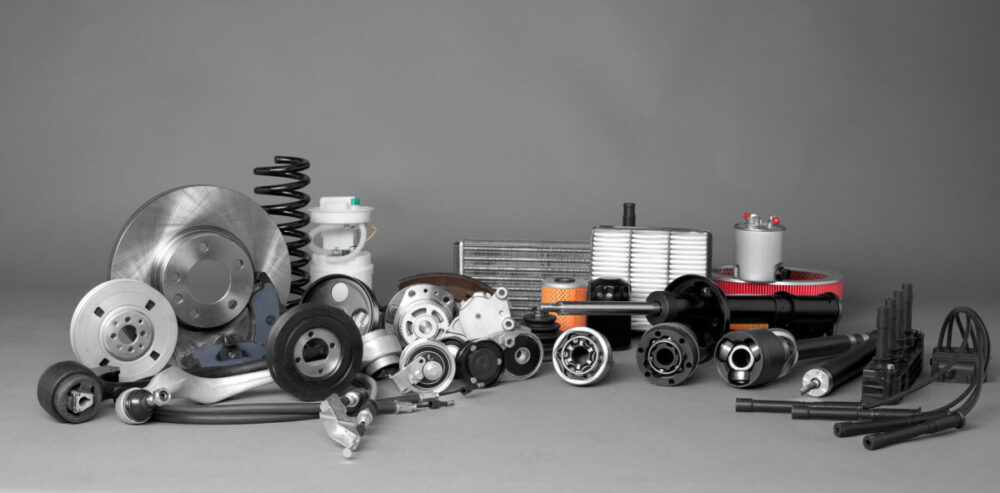When it comes to non-emergency patient transport, there are a lot of little details that can make the journey smoother and more comfortable for everyone involved. From choosing the right mode of transportation to preparing your loved one for the trip, there’s a lot you can do to ensure a stress-free experience.
In this blog post, we’ll be sharing some essential tips that will help you navigate the world of non-emergency patient transport services with ease. Whether you’re transporting an elderly family member or a child with special needs, these tips will come in handy every step of the way!
Scheduling and Appointment Management
Managing appointments and scheduling can be a complex task, but it is an essential one. It’s important to remember that efficient planning is the key to ensuring the journey is smooth and stress-free. Be certain to arrange transport dates and times that correspond with scheduled medical appointments. If possible, aim to book transportation several days in advance. This can help mitigate any potential complications, like unexpected rescheduling due to vehicle availability or unforeseen circumstances.
In the process of organizing the journey, make use of available tools and technologies. There are numerous apps and software that can aid in the coordination of patient transport, like electronic calendars and scheduling apps. These tools can streamline the process, minimizing the chance of errors or forgotten appointments. Additionally, they can be programmed to send reminders, further reducing the risk of missed appointments or delays.

Communication with Healthcare Providers
Effective communication with healthcare providers is integral to seamless non-emergency patient transport. Make sure that you are kept in the loop about any changes in the patient’s condition or treatment plans. Additionally, have an understanding of the type of appointment, like whether it’s a routine check-up, therapy session, or a diagnostic test. This knowledge can play a significant role in determining the kind of transport and preparatory steps required.
Parallel to this, it’s crucial to proactively share any relevant information with the healthcare team. This can encompass aspects such as the patient’s mobility level, the presence of any allergies, or special needs. Such transparency can help them better assist in the transportation process. Always ensure to maintain open channels of communication.
Transportation Options and Service Providers
When it comes to non-emergency patient transport, there are several options to consider. These could range from private transportation services, community volunteer drivers, ride-sharing services adapted for medical needs, or even public transport if the patient’s condition allows. Each option comes with its pros and cons, so it’s important to weigh them up and make an informed decision based on the patient’s specific requirements and the distance to be covered.
As you evaluate service providers, look for those who possess a proven track record in non-emergency patient transport. Research their qualifications and verify whether they have appropriately trained staff and properly maintained vehicles. Investigate their reputation through online reviews and consider seeking recommendations from your healthcare provider.

Preparing the Patient for Transport
Patient preparation is a critical part of the transport process. Firstly, ensure the patient is dressed comfortably and appropriately for the weather. Layers can be a good option as they can be added or removed according to the temperature. Depending on the length of the journey, consider packing some essentials like snacks, water, or a favorite book to help keep the patient relaxed.
It’s important to mentally prepare the patient for the journey. Talk through what they can expect during the transport, especially if it’s their first time. This can help alleviate any anxiety and ensure a smoother experience. Remember, it’s not just about getting the patient to their destination but doing so in a manner that is as comfortable and stress-free as possible.
Medication and Medical Equipment Considerations
When planning for non-emergency patient transport, it’s essential to think about the medication and any medical equipment that the patient might need. If the patient requires medication at specific times, make sure to bring these along and administer them as necessary. Also, bring any spare medication in case of unexpected delays.
Medical equipment, such as wheelchairs, oxygen tanks, or crutches, needs careful consideration too. Ensure the transport service is capable of accommodating such equipment. Inform them beforehand about any such requirements. Not only does this ensure that the right vehicle is chosen, but it also allows the staff to prepare for assisting the patient effectively.

Comfort and Safety During the Journey
The comfort and safety of the patient during the journey should be a top priority. Always ensure that the vehicle is clean, well-maintained, and fitted with the necessary safety features. Check that the seating is comfortable and the temperature inside the vehicle is suitable. If possible, have a trusted person accompany the patient for added emotional support.
In line with this, establish an open line of communication with the team. Encourage the patient to speak up about their comfort levels or if they need a break during the journey. Regularly check on the patient’s well-being throughout the journey. Remember, the patient’s comfort and safety should never be compromised at any point during the transport.
Accompanying Patients and Family Members
Having a family member or a trusted person accompany a patient during transport can offer emotional support and ensure their well-being. However, it’s crucial to understand the rules and regulations associated with this. Some services may have specific policies concerning accompanying passengers, so be sure to clarify this beforehand.
If you are accompanying a patient, it’s essential to be mentally and emotionally prepared. Understanding the patient’s condition and their potential needs during the journey can help you provide better support. Keep in mind that your presence can make a big difference in the patient’s overall transport experience.

Navigating Special Needs and Accessibility
When dealing with patients who have special needs, additional attention must be given to ensure their transport is as smooth as possible. This might mean booking transport services that specialize in handling such requirements. These services generally have specially trained staff and vehicles equipped with necessary features, like wheelchair lifts or extra space for mobility devices.
Ensure that the destination is accessible for the patient. This might involve checking if there are ramps for wheelchair users or elevators for patients who find stairs challenging. Speak to the healthcare providers at the destination to make sure they are aware of the patient’s needs and can assist accordingly. After all, a smooth journey doesn’t end at the vehicle’s door; it concludes when the patient is comfortably settled at their destination.
Summary
Non-emergency patient transport requires meticulous planning, effective communication, and careful consideration of the patient’s comfort and safety. By following the tips and the steps mentioned above, a smooth and stress-free journey can be ensured every time. Ultimately, the goal is not only to transport the patient to their destination but to do so in a manner that instills confidence, minimizes anxiety, and promotes their overall well-being.





